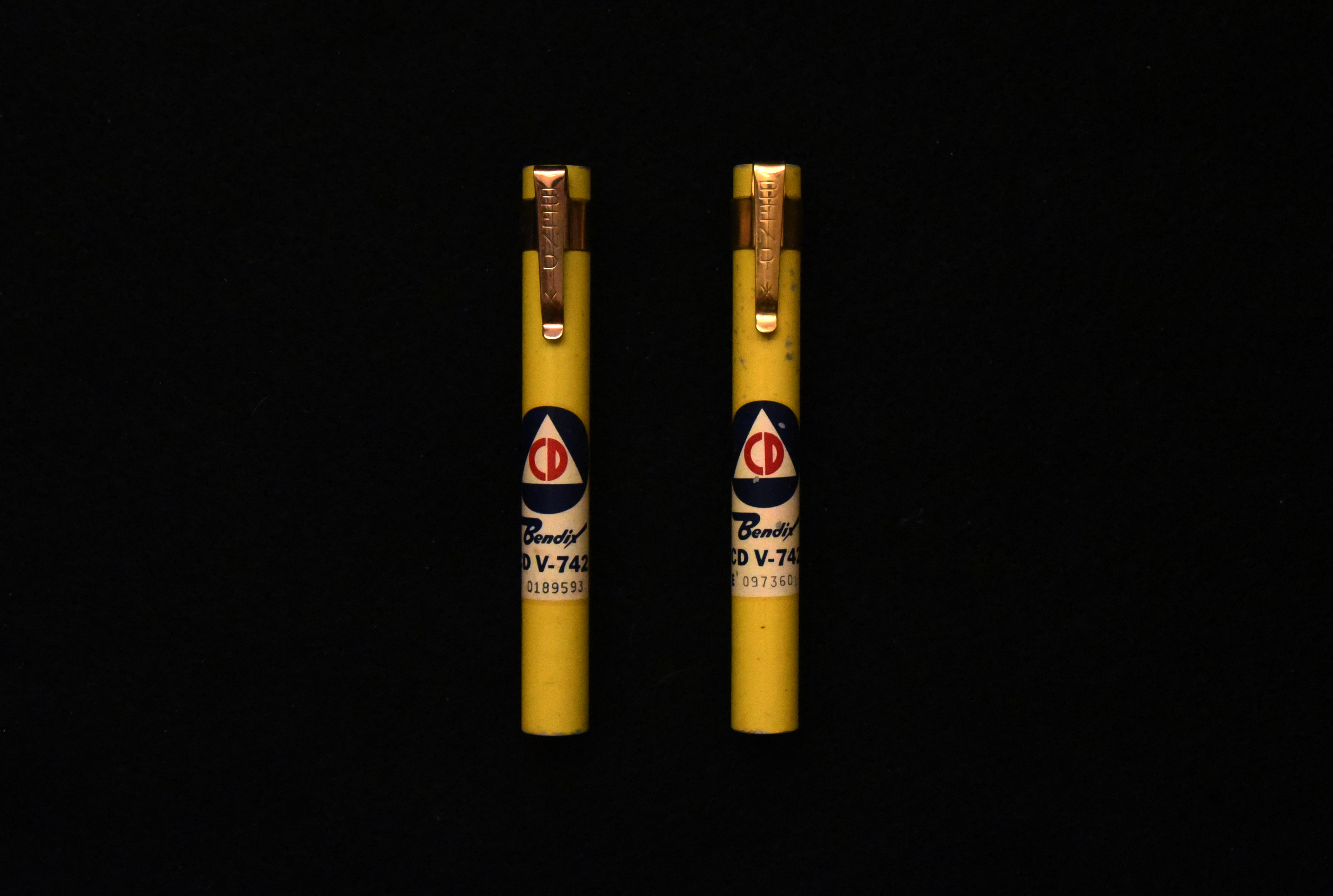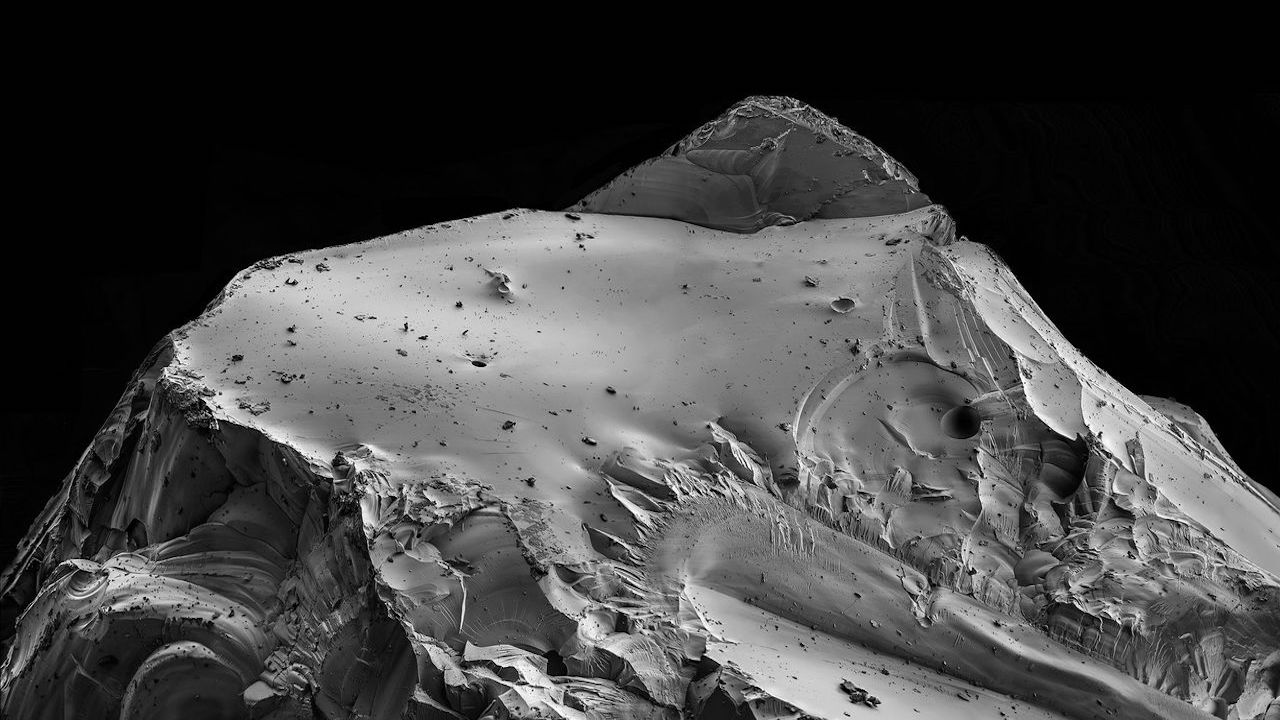'Library of the Great Silence' invites E.T. to share long-term survival strategies

Intelligent aliens will soon have a space here on Earth where they can share how they made it through their technological adolescence.
We haven't yet heard from any such beings, of course. Some researchers find this "Great Silence" puzzling, given how old the universe is and how many potentially habitable worlds dot its vast expanse.
One possible explanation is that civilizations tend to destroy themselves once they become "advanced" enough to explore the cosmos in a meaningful way. Such power is inherently hard to control and can burn you to the ground more easily than it can fuel an outward push, the idea goes.
The Fermi Paradox: Where are all the aliens?

Indeed, it's unclear if humanity will make it over this developmental hurdle; we had some close calls with nuclear armageddon during the Cold War, after all, and we may be in the process of offing ourselves (and many other species) right now via anthropogenic climate change.
So we could probably use some advice from other creatures who managed to get over the hump — and a new art project aims to foster such cosmic cultural exchange. Experimental philosopher Jonathon Keats is developing a "Library of the Great Silence," which will be based at the Hat Creek Radio Observatory in Northern California.
Keats wants the library to be universally accessible, and we can't assume that beings from across the universe will understand any languages spoken here on Earth. So the facility will house not books but artifacts of transition — stuff like handaxes, fossils of extinct species and shards of trinitite, the greenish glass forged by the intense heat of the first-ever atomic bomb blast, at New Mexico's Trinity Site in July 1945.
Breaking space news, the latest updates on rocket launches, skywatching events and more!
If all goes according to plan, the collection will eventually become an interstellar research center, incorporating ideas sent in by creatures across the cosmos.
"Although interstellar exchange could take time, a material archive of transformations will have immediate global value that may be sufficient to extend the lifespan of human civilization in the interim," reads a description of the project, which is a collaboration with the SETI Institute in Mountain View, California. (Keats is currently an artist in residence there, and Hat Creek is the site of the Allen Telescope Array, which SETI Institute researchers use to scan the skies for possible signals from ET.)
"Manipulating existentially significant objects without the use of words — and without the underlying assumptions of language or limitations on who participates in the conversation — may facilitate comprehension of human behaviors that has previously eluded us, or even directly encourage beneficial practices such as cooperation," the description adds.
Hat Creek may not be the only repository of such artifacts, either.
"We're starting to reach out to libraries that already exist about whether they would host, potentially, branches," Keats told Space.com. "And, simultaneously, we're actually looking off the planet and starting to look at what it would take to have a branch on the moon, for instance."
You can learn more about the Library of the Great Silence here. And the project is getting a formal kick-off of sorts this afternoon (April 29), via a conversation between Keats and his chief advisor on the project, SETI Institute senior astronomer Seth Shostak. The 30-minute discussion starts at 5 p.m. EDT (2100 GMT), and you can watch it live online.
20 years of otherworldly thought experiments: A Q&A with artist Jonathon Keats
Our failure to make contact with ET may actually reflect a Great Deafness rather than a Great Silence, given how brief and sketchy the search has been to date, Shostak told Space.com. But he sees real value in Keats' library project, and in such artistic efforts generally.
"It may seem strange at first that an organization like the SETI Institute, which is mostly about research, would have an artist in residence, and, in fact, a whole bunch of artists in residence. What good is that?" Shostak said.
"I think it's because it gives you a different point of view," he said. "Artists give you another way of looking at the world — they look at the world completely differently than scientists do."
That's certainly true of Keats, whose projects — many of them space-themed — tend to inspire us to reassess our views of the universe and our place in it. The new library fits this pattern, seeking out an enlightening shift of perspective.
"The Library of the Great Silence is one of these instances where so many of the questions that we seem incapable of addressing — and that we actually are not asking, I don't think, in the way that we need to be asking — can potentially be asked by imagining how they might be asked if those in the conversation were not only us," Keats said.
Mike Wall is the author of "Out There" (Grand Central Publishing, 2018; illustrated by Karl Tate), a book about the search for alien life. Follow him on Twitter @michaeldwall. Follow us on Twitter @Spacedotcom or Facebook.

Michael Wall is a Senior Space Writer with Space.com and joined the team in 2010. He primarily covers exoplanets, spaceflight and military space, but has been known to dabble in the space art beat. His book about the search for alien life, "Out There," was published on Nov. 13, 2018. Before becoming a science writer, Michael worked as a herpetologist and wildlife biologist. He has a Ph.D. in evolutionary biology from the University of Sydney, Australia, a bachelor's degree from the University of Arizona, and a graduate certificate in science writing from the University of California, Santa Cruz. To find out what his latest project is, you can follow Michael on Twitter.
